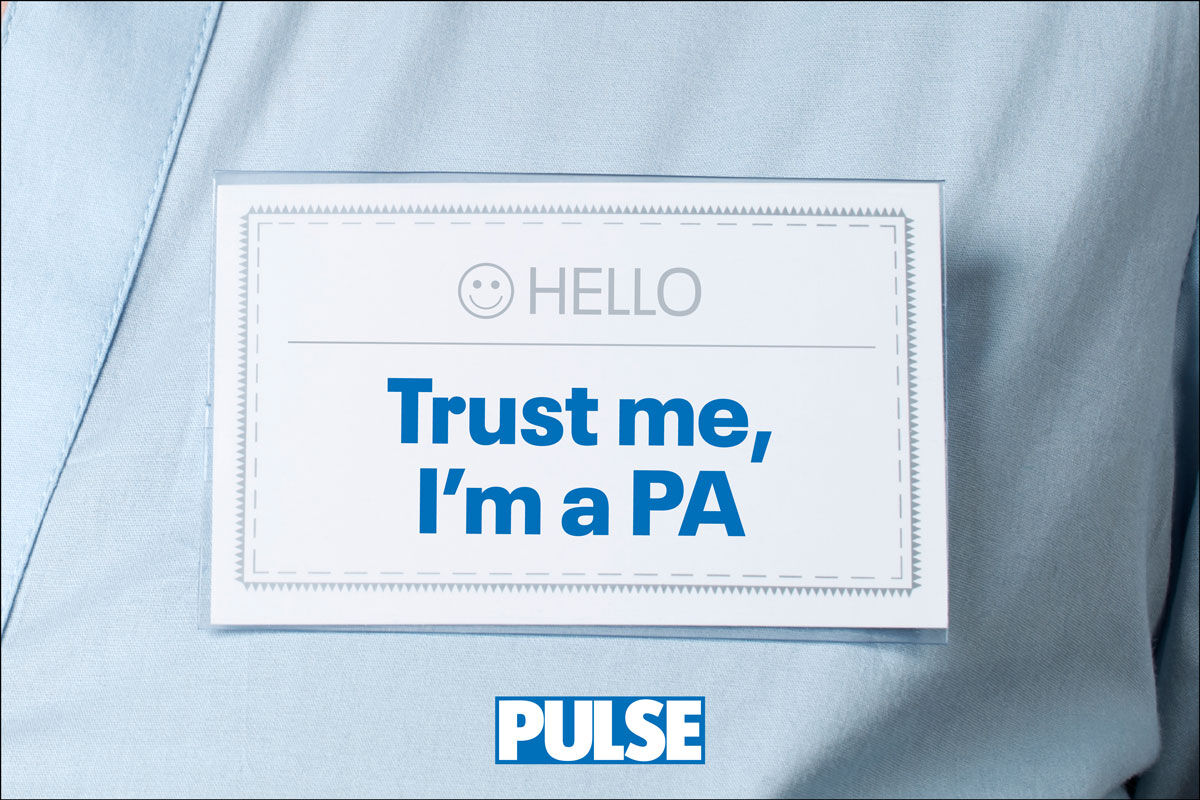1. Refer sudden-onset visual loss urgently
Sudden onset or rapid progression of visual loss necessitates urgent referral. Other red flag symptoms – in conjunction with visual loss – which warrant urgent referral, include:
- severe pain
- red eye which is not obviously conjunctivitis
- visual phenomenon (such- loss as haloes, flashes and floaters)
- distortion of straight lines
- focal neurology
- trauma
2. Ensure those at risk are monitored
Patients with diabetes should have annual screening as part of the Diabetic Eye Screening Programme. Advise anyone with a family history of glaucoma to have annual optician screening from the age of 40.
3. Measure visual acuity and do direct ophthalmoscopy
A complete ophthalmic examination is not possible in the GP surgery, but some basic tests are invaluable:
- measure visual acuity in each eye with a Snellen chart, with the patient’s normal glasses and then a pinhole (which will correct refractive errors).
- look at the relative size and shape of the pupils, and assess for reaction to light and accommodation. Cataract may be seen as a reduced or absent red reflex.
- direct ophthalmoscopy may identify gross pathology such as papilloedema and macula haemorrhage.
4. Consider drugs as a cause of visual changes
Drugs can cause visual changes. Common culprits in older people include (list not exhaustive):
- Amiodarone: impaired vision due to optic neuritis or optic neuropathy
- Bromocriptine: visual disturbance
- Corticosteroids: increased risk of glaucoma and cataracts
- Digoxin: blurred or yellow vision
- Ethambutol: optic neuritis, red/green colour blindness
- Hydroxychloroquine: visual changes, retinal damage (visual acuity should be monitored annually)
- Isoniazid: optic neuritis
- Isotretinoin: visual disturbance (expert referral required and consider withdrawal)
- Sildenafil: visual disturbance, photophobia, painful red eyes, blue vision
- Tamoxifen: visual disturbance (cataract, retinopathy)
- Tetracyclines: photosensitivity, visual disturbance (as part of benign intracranial hypertension).
5. Identify the pattern of visual field loss
Assess visual fields with a simple confrontation method – the patient covers one eye and looks at you, you then move your hand out of, and back into, the patient’s visual field.
- Loss of peripheral vision may be a feature of end-stage chronic glaucoma.
- A peripheral localised curtain visual field defect may indicate retinal detachment.
- Loss of central vision is due to macular pathology such as age-related macular degeneration or diabetic maculopathy.
- Loss of the right or left visual field in both eyes is found in central lesions, posterior to the optic chiasm, typically a sign of cardiovascular accident.
- Loss of both temporal fields is found in lesions of the optic chiasm, such as compression by a pituitary adenoma.
- Monocular visual loss suggests the pathology is within the eye or in the optic nerve anterior to optic chiasm.
6. Urgently refer suspected wet AMD
Wet AMD has rapid progressive symptoms over weeks. Distortion of lines on an Amsler grid may indicate serious macular pathology, warranting urgent referral. Go to pulsetoday.co.uk/tools-and-resources to download an Amsler grid. Refer to a fast-track wet AMD clinic or eye casualty. Ideally patients will be assessed and treated within one month. Dry AMD usually affects one eye first, with gradual distortion of central vision.
7. Check blood pressure and glucose
Check blood pressure and urine glucose for signs of diabetes or hypertension in any patient with gradual vsual loss (diabetic and hypertensive retinopathy are common in older people).
8. Refer cataracts according to local protocols
Guidelines from the Royal College of Ophthalmologists1 say that referral should be made if the cataract is causing visual symptoms and affecting the patient’s lifestyle. But this is now subject to local PCT referral criteria, where there may be a visual acuity cut-off for NHS cataract referral.
9. Advise patients to inform the DVLA of vision loss
DVLA guidance2 says that an individual must be able to read a number plate in good daylight at a distance of 20m. In addition, corrected visual acuity must be at least 6/12 in both eyes, or in the only eye if monocular. The DVLA also has specific requirements for minimum acceptable visual field. Drivers of commercial vehicles must meet more stringent requirements. It is the legal responsibility of the licence holder to notify the DVLA of any medical condition that may impair their ability to drive.
10. Signpost to support organisations
Organisations such as the Royal National Institute of Blind People are an invaluable resource, providing emotional support and information to people with visual impairment and their carers on conditions and treatments, as well as practical advice on money, travel, visual and mobility aids, employment and independent living.
Dr Nick Cook is a GP with a special interest in ophthalmology in Rugby.
Dr Sam Gurney is a junior doctor applying for ophthalmology specialist training.
References
1 The Royal College of Ophthalmologists, Cataract Surgery Guidelines, September 2010
2 DVLA ‘At a glance guidance to the current medical standards of fitness to drive’, May 2012














